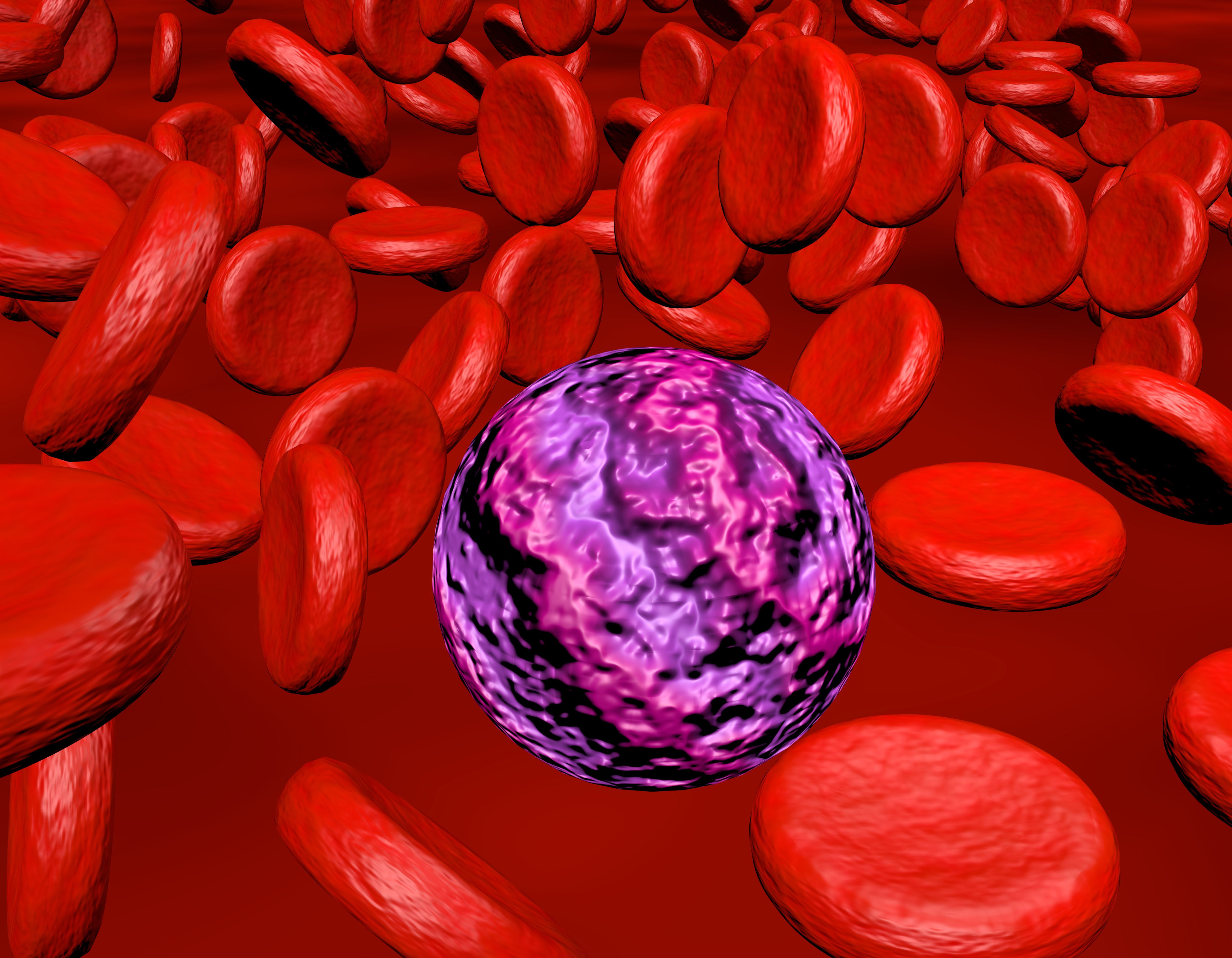GFH009 Demonstrate Early Efficacy in Relapsed/Refractory Lymphoma and AML
In a phase 1 clinical trial, treatment with GFH009 showed early signal s of efficacy in patients with advanced relapsed or refractory lymphoma and acute myeloid leukemia.

Early signals of efficacy have been observed with GFH009 treatment in patients with advanced, relapsed or refractory lymphoma and acute myeloid leukemia (AML), according to an announcement by SELLAS Life Sciences Group, Inc.1
GFH009 is an investigational and highly selective CDK9 inhibitor. In the phase 1, open-label, dose-escalation and dose-expansion study of GFH009 (NCT04588922), 50 patients with hematologic malignancies were evaluated for the primary end point of safety and tolerability, as well as the secondary end point of pharmacokinetics.
GFH009 has demonstrated significant anti-leukemic effects in patients with AML who were treated for a sufficient duration at previous dose levels. No dose-limiting toxicities were observed in the AML group at the 22.5 mg dose level, including no grade 3 or 4 neutropenia. As a result, the dosing has been increased to 30 mg.
In the lymphoma cohort, patients with peripheral T-cell lymphoma, an aggressive type of lymphoma that develops from mature-stage T-cells and natural killer cells who are refractory to 3 prior lines of therapy had partial responses to GFH009 9 mg. The study has now completed enrollment at the 15-mg dose level, and safety assessments are ongoing in the lymphoma cohort.
Recruitment in ongoing in the study. Patients are eligible if they have cytologically or histologically confirmed relapsed or refractory hematologic malignancies and present with adequate laboratory tests. Adequate laboratory tests include a total bilirubin ≤ 1.5 × upper limit of normal (ULN), aspartate aminotransferase, alanine aminotransferase ≤ 2.5 × ULN, and amylase and lipase ≤ 1.5 × ULN. Patients must also display normal electrolytes and uric acid levels at screening, and women must use effective contraception throughout the study.2
The study excludes patients with bulky disease who need cytoreductive therapy. In addition, patients with symptomatic central nervous system (CNS) metastases or primary lymphoma such as primary CNS lymphoma, leptomeningeal disease, or spinal cord compression are excluded. Having severe cardiovascular disease, a concurrent malignancy within 5 years, chronic or active hepatitis B or hepatitis C virus infection, or history of HIV infection is also grounds for exclusion from the study. Patients who are receiving concomitant medication that are strong CYP3A4 inhibitors and strong inducers within 7 days of first dose of GFH009, and those taking medication that are known to cause QT interval prolongations are prohibited from the study.
“We continue to see positive results in our clinical efforts for GFH009, especially in assessing the safety in patients with lymphoma and AML,” said Dragan Cicic, MD, senior vice president, Clinical Development of SELLAS, in a press release.1 “The clinical process for safety is to determine the highest dose level patients can tolerate without experiencing adverse events or side effects. Not only does GFH009 appear to be safe at the dose levels studied to date, but we have also observed efficacy in lower dose levels. These results are encouraging as we continue to increase dose levels and assess accordingly.”
REFERENCES:
1. SELLAS Life Sciences provides clinical update for GFH009 ongoing phase 1 clinical trial. News release. SELLAS Life Sciences. June 27, 2022. Accessed June 28, 2022. https://bit.ly/3HWeJXe
2. A study of GFH009 in patients with hematologic malignancies. Clinicaltrials.gov. Updated May 14, 2021. Accessed June 28, 2022. https://bit.ly/3u7LLOz
Examining the Non-Hodgkin Lymphoma Treatment Paradigm
July 15th 2022In season 3, episode 6 of Targeted Talks, Yazan Samhouri, MD, discusses the exciting new agents for the treatment of non-Hodgkin lymphoma, the clinical trials that support their use, and hopes for the future of treatment.
Listen